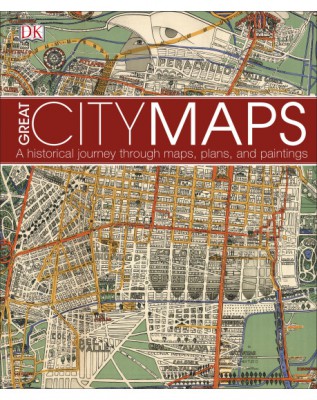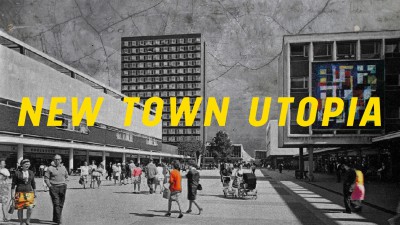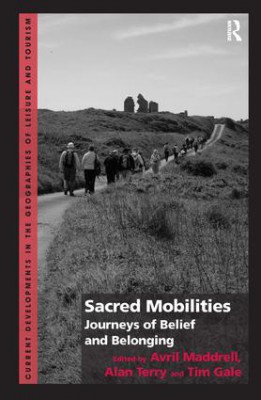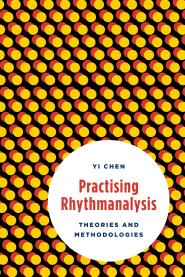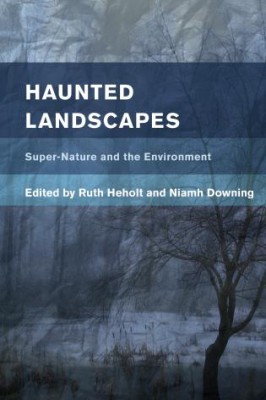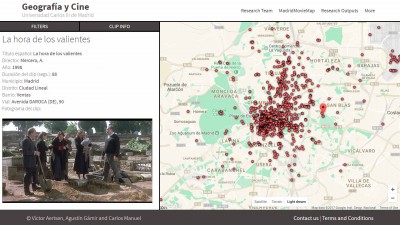Reblogged from SubmaP: Mapping Sao Paulo Development Blog
http://distributedcreativity.typepad.com/submap/2005/03/sentimental_car.html
Sentimental Cartography
Suely Rolnik
“To encounter is to find, to capture, to steal, but there is no method for finding, only a long preparation. Stealing is the contrary to plagiarizing, copying, imitating or doing as. The capture is always a double-capture, the stealing, a double-stealing, and this is what makes not something mutual, but an asymmetrical block, an a-parallel evolution, marriages, always ‘outside’ or ‘in-between’.”
-Gilles Deleuze and Claire Parnet, Dialogues Cartography: a provisional definition
To geographers, cartography-distinct from maps which are representations of a static whole -is a drawing that accompanies and creates itself at the same time as the transformation movements of the landscape.
Psychosocial landscapes can also have cartography. Cartography, in this case, accompanies and creates itself at the same time as the dismantlement of certain worlds-its loss of sense-and the formation of other worlds. Worlds that create themselves to express contemporary affects, in relation to which the cogent universes became obsolete.
If the task of a cartographer is to provide a language to demanding affects, it is basically expected of him that he would be immersed in the intensities of his time, and aware of the languages he encounters, he devour those which seem to him possible elements for the composition of those cartographies that deem themselves necessary.
The cartographer is first and foremost an anthropophagite.
The cartographer
The practice of a cartographer refers to, fundamentally, the strategies of the formations of desire in the social field. And little does it matter which sectors of the social life he chooses as an object. What matters is that he remains alert to the strategies of desire in any phenomenon of the human existence that he sets out to explore: from social movements, formalized or not, the mutations of collective sensitivity, violence, delinquency. . . up to unconscious ghosts and the clinical profiles of individuals, groups and masses, whether institutionalized or not.
Similarly, little matters the theoretical references of the cartographer. What matters is that, for him, theory is always cartography-and, thus being, it creates itself jointly with the landscapes whose formation he accompanies (including, naturally, the theory introduced here). For that, the cartographer absorbs matters from any source. He has no racism whatsoever regarding frequency, language or style. All that may provide a language to the movements of desire, all that may serve to coin matter of expression and create sense, is welcomed by him. All entries are good, as long as the exits are multiple. For this reason the cartographer makes use of the most varied sources, including sources not solely written nor solely theoretical. Their conceptual operators may equally arise from a film as from a conversation or a philosophy treatise. The cartographer is a true anthropophagite: he lives of expropriation, appropriation, devourment and delivery, transvalorized. He is always searching for nourishment to compose his cartographies. This is the criterion for his choices: to discover which matters of expression, mixed to which others, which language compositions favor the passage of intensities that traverse his body in the encounter with the bodies he intends to understand. In fact, “to understand”, for the cartographer, has no relation whatsoever with explaining and least of all with revealing. For him there is nothing high up there-skies of transcendence-, nor down under-the mists of essence. What there is high up there, underneath and everywhere are intensities looking for expression. And what he wants is to dive into the geography of affects and, at the same time, invent bridges to undertake his crossing: bridges of language.
We see that language, for the cartographer, is not a vehicle of messages-and-salvation. It is, in itself, creation of worlds. Flying carpet. . . Vehicle that promotes the transition to new worlds; new forms of history. We may even say that in the cartographer’s practice history and geography integrate themselves.
This allows us to make two further observations: the problem, for the cartographer, is not that of the false-or-true, nor of the theoretical-or-empirical, rather it is that of the vitalizing-or-destructive, active-or-reactive. What he wants is to participate, embark in the constitution of existential territories, constitution of reality. Implicitly, it is obvious that, at least in his happiest moments, he does not fear the movement. He allows his body to vibrate in all possible frequencies and keeps inventing positions from which these vibrations may find sounds, passage channels, a lift towards existentialization. He accepts life and surrenders. With body-and-language.
It would remain to know which are the cartographer’s procedures. Well, these do not matter either, for he knows that he must “invent them” based on what the context in which he finds himself demands. For this reason he does not follow any type of normalized protocol.
What defines, therefore, the profile of the cartographer is exclusively a type of sensitivity, which he sets himself to make prevalent, wherever possible, in his work. What he wants is to place himself, whenever possible, in the surroundings of the cartographies’ mutations, a position which allows him to welcome the finite unlimited character of the process of production of reality that is the desire. For this to be possible, he makes use of a “hybrid compound,” made out of his eye, of course, but also, and simultaneously, of his vibrating body, for what he looks for is to apprehend the movement that arises from the fecund tension between flux and representation: flux of intensities escaping from the plan of organization of territories, disorienting its cartographies, disrupting its representations and, in this way, representations stagnating the flux, channeling the intensities, giving them sense. It’s because the cartographer knows there is no other way: this permanent challenge is itself the motor of the creation of sense. A necessary challenge-and, in any way, insurmountable-of the vigilant coexistence between macro and micropolitics, complementary and inseparable in the production of psychosocial reality. He knows that the strategies of this coexistence are countless-peaceful merely in brief and fleeting moments of the creation of sense; as well as countless are the worlds that each one engenders. This is basically what interests him.
Since it is not possible to define his method (not in the sense of theoretical reference, nor in that of technical procedure) but, only, his sensitivity, we may ask ourselves: what type of equipment does the cartographer take, when he sets afield?
Cartographer’s manual
What the cartographer carries in his pocket is very simple: a criterion, a principle, a rule and a brief route of preoccupations-this, each cartographer defines and redefines to himself, constantly.
You already know the evaluation criterion of the cartographer: it is that of the degree of intimacy that each one allows oneself, at each moment, with the finite unlimited character that desire prints on the desirous human condition and its fears. It is that of the value that is given to each one of the movements of desire. In other words, the criterion of the cartographer is, fundamentally, the degree of openness towards the life that each one allows oneself at each moment. His criterion takes as its premise its principle.
The principle of the cartographer is extra-moral: the expansion of life is his basic and exclusive parameter, and never a cartography of any kind, taken for a map. What interests him in situations with which he deals is to what extent life is finding channels of effectuation. It may even be said that his principle is an antiprinciple: a principle that obliges him to constantly change his principles. For both his criterion as well as his principle are vital and not moral.
And his rule? He has only one: it is a sort of “golden rule.” It provides elasticity to his criterion and his principle: the cartographer knows that it is always in the name of life, and of its defense, that strategies are invented, no matter how preposterous. He never forgets that there is a limit to how much can be borne, at each moment, the intimacy with the finite unlimited, the base of his criterion: a limit of tolerance for the disorientation and reorientation of affects, a “threshold of deterritorialization.” He always evaluates the extent to which the defenses that are being used serve or not to protect life. We could name his instrument of evaluation the “threshold of possible disenchantment,” since, after all, this deals with evaluating how much can be borne, in each situation, the disenchantment of the masks which are constituting us, their loss of sense, our disillusion. How much can disenchantment be borne so as to free those recently emerged affects to invest in other matters of expression, and with this allow new masks to be created, new senses. Or, on the contrary, the extent it is being upheld for not being able to bear this process. Of course this kind of evaluation has nothing to do with mathematical calculations, standards or measures, but with that which the vibrating body captures in the air: a type of feeling that varies completely based on the singularity of each situation, including the limit of tolerance of the vibrating body itself that is evaluating, in relation to the situation that is being evaluated. The rule of the cartographer is thus very simple: never forget to consider this “threshold.” Rule of prudence. Rule of gentleness towards life. Rule that expedites yet does not attenuate his principle: this rule allows him to discriminate the degrees of danger and potency, functioning as a warning sign whenever necessary. Because after a certain limit-which the vibrating body recognizes quite well-the reactivity of the forces ceases to be reconvertible in activity and begins to act in the sense of pure destruction of one’s self and/or of the other: when this happens, the cartographer, in the name of life, can and must be absolutely impious.
With these informations in hand, we can attempt to better define the practice of the cartographer. We affirmed that it refers fundamentally to the strategies of the formation of desire in the social field. Now we may say that it is, in itself, a space of active exercise of such strategies. A space of the emergence of nameless intensities, a space of incubation of new sensitivities and new languages throughout time. From this perspective, the analysis of desire ultimately refers to the choice of how to live, to the choice of criteria with which the social, the real social, is invented. In other words, it refers to the choice of new worlds, new societies. Here, the practice of the cartographer is immediately political.
Extracted from Suely Rolnik, Cartografia sentimental, transformaç§es contemporéneas do desejo, Sâo Paulo: Editora Estaçâo Liberdade, 1989, p.15-16; 66-72, translated from the Portuguese by Adriano Pedrosa and Veronica Cordeiro.

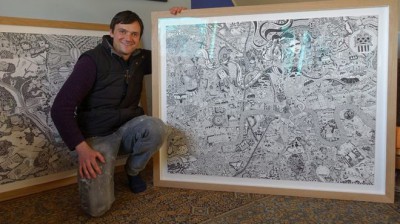 Artist Fuller’s intricate hand-drawn maps accepted by Bristol and London museums
Artist Fuller’s intricate hand-drawn maps accepted by Bristol and London museums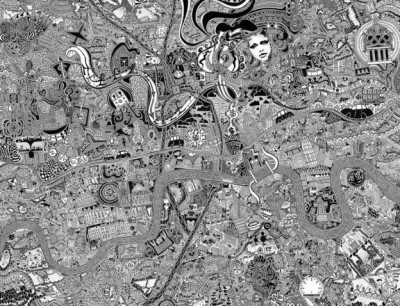
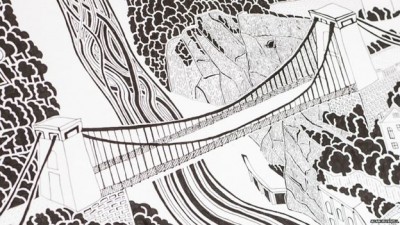
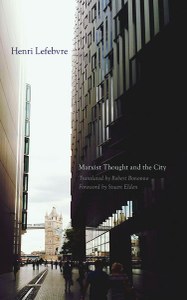
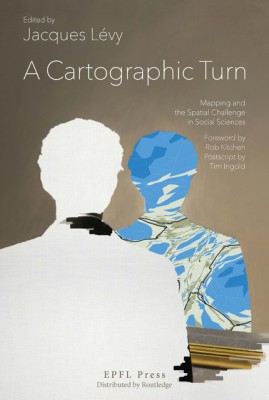 A Cartographic Turn: Mapping and the Spatial Challenge in Social Sciences
A Cartographic Turn: Mapping and the Spatial Challenge in Social Sciences 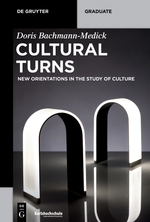 The contemporary fields of the study of culture, the humanities and the
The contemporary fields of the study of culture, the humanities and the